12 Destinations I’d Skip Next Time — And 5 That Deserve A Comeback
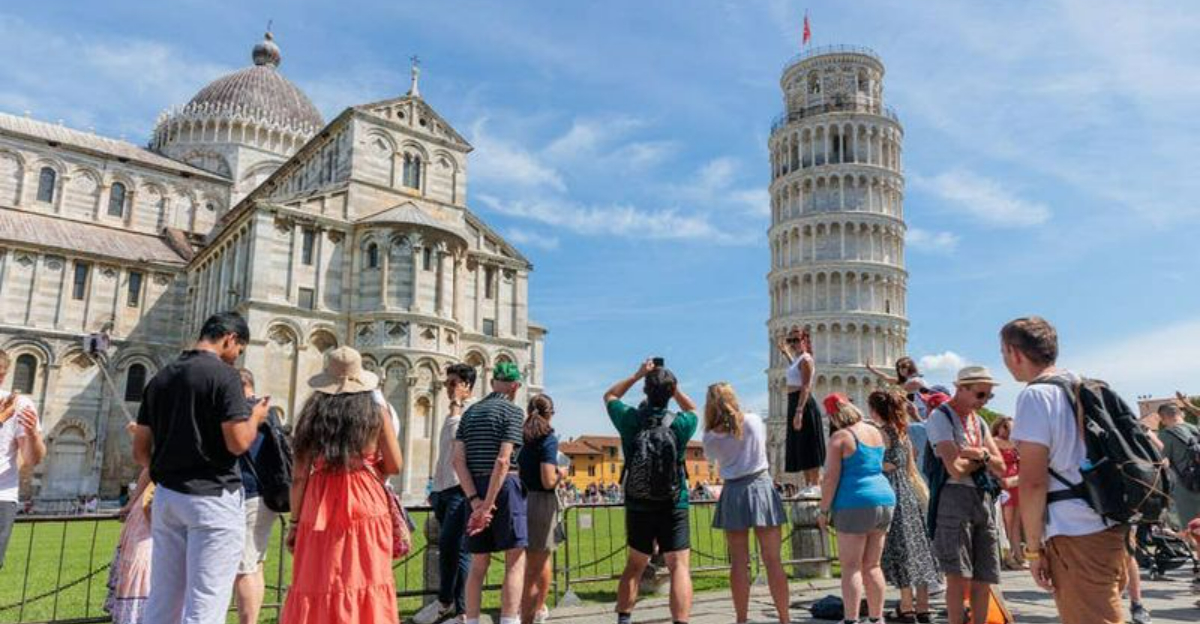
Traveling opens our eyes to new cultures, foods, and landscapes, but not every destination lives up to the hype. After years of exploring, I’ve compiled a list of places that left me feeling underwhelmed and others that surprised me in the best way possible.
These personal observations might help you plan your next adventure with realistic expectations.
1. Venice During Summer Months
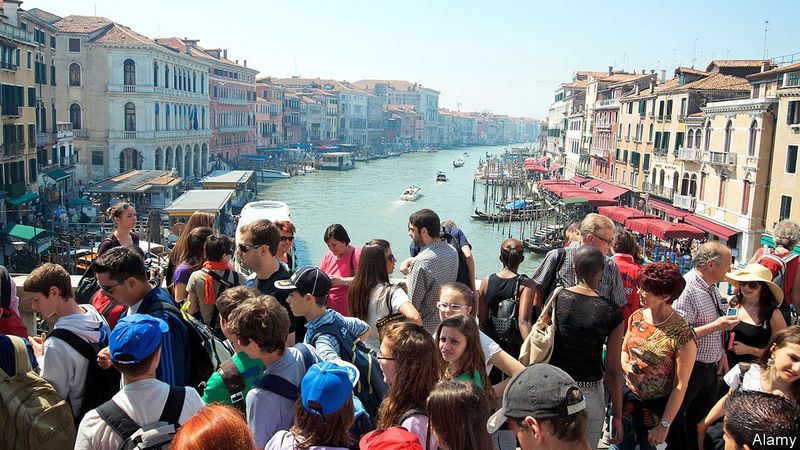
Imagine navigating through human traffic jams while sweating profusely in 90-degree heat. That’s Venice in July! The canals emit a peculiar odor during hot months, and prices skyrocket as cruise ships dump thousands of day-trippers into the narrow streets.
What should be a romantic gondola ride becomes an exercise in patience as you queue for hours. If Venice calls to you, consider visiting in November or February instead when the city breathes and reveals its authentic charm.
2. Cancun’s Hotel Zone
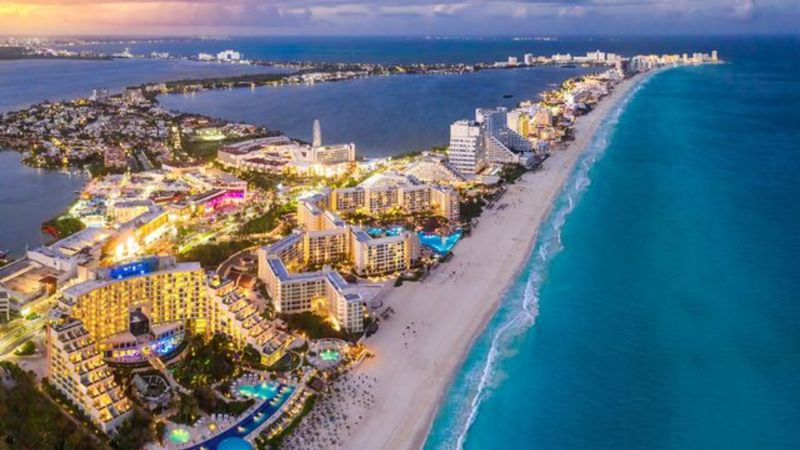
My wallet still hasn’t recovered from the sticker shock at this Mexican tourist trap. The Hotel Zone feels like America with palm trees – chain restaurants, overpriced drinks, and beaches so packed you’ll struggle to find space for your towel.
Many visitors never experience authentic Mexican culture, staying within this artificial bubble. For a better experience, head to Tulum, Puerto Morelos, or even downtown Cancun where you’ll find delicious street tacos for a fraction of resort prices.
3. Bali’s Kuta Beach
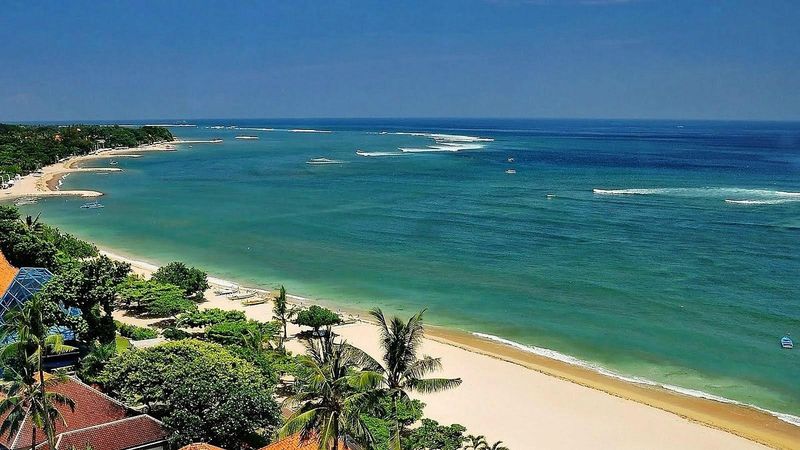
Once upon a time, Kuta might have been a surfer’s paradise. Today, it’s a chaotic mix of aggressive touts, overpriced beach clubs, and water that’s often filled with trash. My morning walks were interrupted by constant harassment from vendors who wouldn’t take no for an answer.
The nightlife scene has devolved into a boozy mess that attracts the worst kind of tourism. Head to Uluwatu, Canggu, or the Gili Islands instead for cleaner beaches and a more relaxed atmosphere that better represents Bali’s beauty.
4. Paris in August
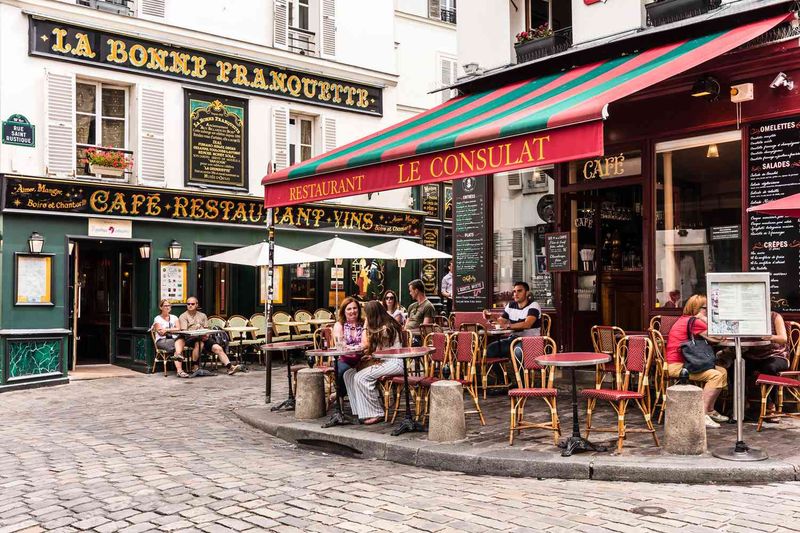
Many Parisians flee their city during August, and perhaps travelers should follow their lead. My visit coincided with a heatwave in a city where air conditioning remains a luxury. The lines for major attractions stretched for hours under the merciless sun.
Half the charming local bistros and bakeries were closed for vacation, leaving tourists to crowd into the remaining open establishments. Paris deserves better than this sweaty, cranky version of itself. Visit in spring or fall to experience the city of light as it’s meant to be seen.
5. Phuket’s Patong Beach
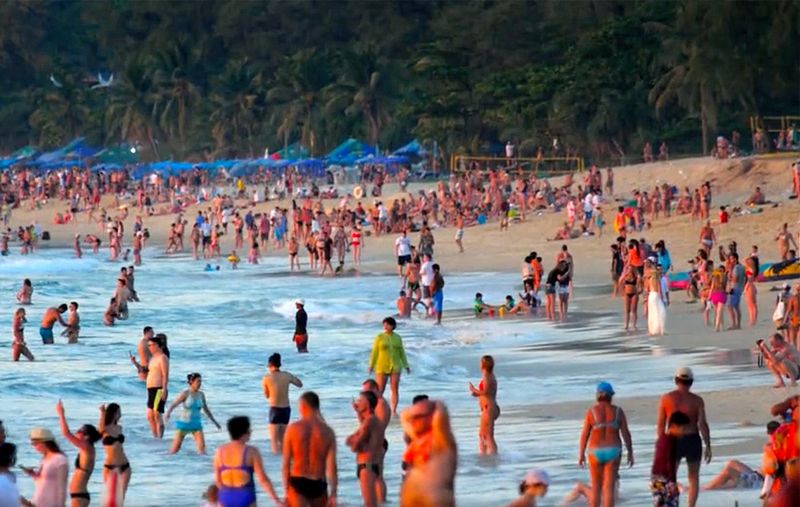
My expectations of a tropical paradise were quickly shattered at Patong. The beach itself is decent, but the surrounding area has been overtaken by tacky souvenir shops, overpriced seafood restaurants, and an overwhelming red-light district that’s visible even during daylight hours.
Jet skis zoom dangerously close to swimmers while beach chairs cover nearly every inch of sand. Thailand has dozens of more beautiful, peaceful beaches that better showcase its natural beauty. Consider Koh Lanta, Railay Beach, or even Phuket’s own Kata Noi for a more authentic experience.
6. Niagara Falls (American Side)
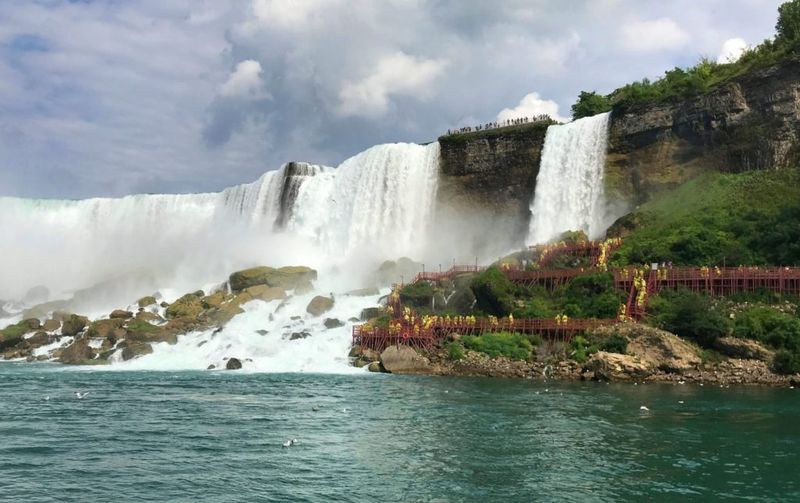
The falls themselves? Absolutely breathtaking natural wonders. The surrounding area on the American side? A disappointing collection of dated attractions and neglected parks. My heart sank seeing such natural majesty surrounded by tacky tourist traps and concrete viewing platforms.
Canadian neighbors have developed their side with more taste and better views. If possible, bring your passport and cross the border for a more enjoyable experience. The Rainbow Bridge crossing offers spectacular views and leads to a more thoughtfully developed tourist area with superior vantage points.
7. Amsterdam’s Red Light District

Curiosity led me here, but disappointment quickly followed. What might once have been a unique cultural experience has devolved into a crowded tourist spectacle. Groups of rowdy visitors treating the area like a theme park create an uncomfortable atmosphere for everyone, including the workers.
The narrow streets become impassable during peak hours. Amsterdam offers so much more: world-class museums, charming canals, and lovely cafés in quieter neighborhoods. Jordaan, De Pijp, and the Museum Quarter showcase the city’s true charm without the uncomfortable voyeuristic element.
8. Phi Phi Islands After ‘The Beach’
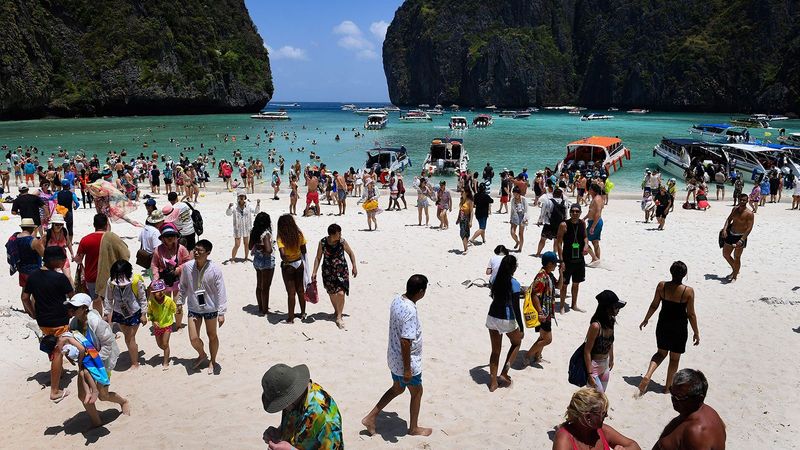
Leonardo DiCaprio has a lot to answer for. Since ‘The Beach’ was filmed here, these once-pristine Thai islands have suffered from overwhelming tourism. Maya Bay was so damaged it had to close for rehabilitation, while the main island has become a party destination with environmental consequences.
Longtail boats crowd the bays, sometimes leaking oil into the water. Coral has been damaged by sunscreen and anchors. For a similar experience without the crowds, try the Similan Islands or Koh Lipe, where visitor numbers are more controlled and nature remains more intact.
9. Hollywood Walk of Fame

Few attractions have disappointed me more than this grimy sidewalk. Instead of glamour, I found myself dodging aggressive costume characters demanding money for photos and stepping over grime-covered stars. The area feels run-down and lacks the Hollywood magic visitors expect.
Souvenir shops sell identical tacky merchandise at inflated prices. Los Angeles has so much more to offer – from the Griffith Observatory with its city views to the Getty Center’s art collection. Even movie buffs would be better served by a studio tour or catching a screening at the historic TCL Chinese Theatre.
10. Dubai in July

Stepping outside felt like walking into a preheated oven. Summer temperatures regularly exceed 110°F (43°C), making outdoor activities unbearable. My desert safari was canceled due to extreme heat, and beach days were impossible after 9 AM.
Even moving between air-conditioned malls and hotels means brief moments of suffocating heat. Indoor attractions become overwhelmingly crowded as everyone seeks refuge from the sun.
Dubai shines from November through March, when comfortable temperatures allow you to enjoy outdoor restaurants, beaches, and desert experiences as they’re meant to be.
11. Pisa Beyond the Leaning Tower
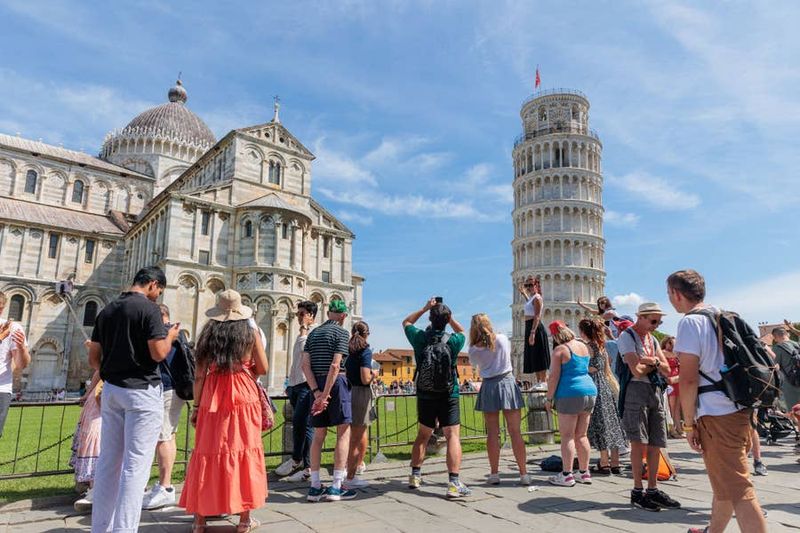
After spending 45 minutes taking the obligatory ‘holding up the tower’ photo, I discovered there’s little else to do in Pisa. The tower itself is impressive, but the surrounding area has become a tourist-processing machine with overpriced restaurants and aggressive souvenir sellers.
Many visitors make a half-day trip from Florence, and I wish I’d done the same. The rest of the city feels neglected and lacks the charm of other Tuscan towns. Consider visiting Lucca or Siena instead, where beautiful architecture comes with authentic Italian atmosphere and fewer crowds.
12. Blarney Castle’s Stone
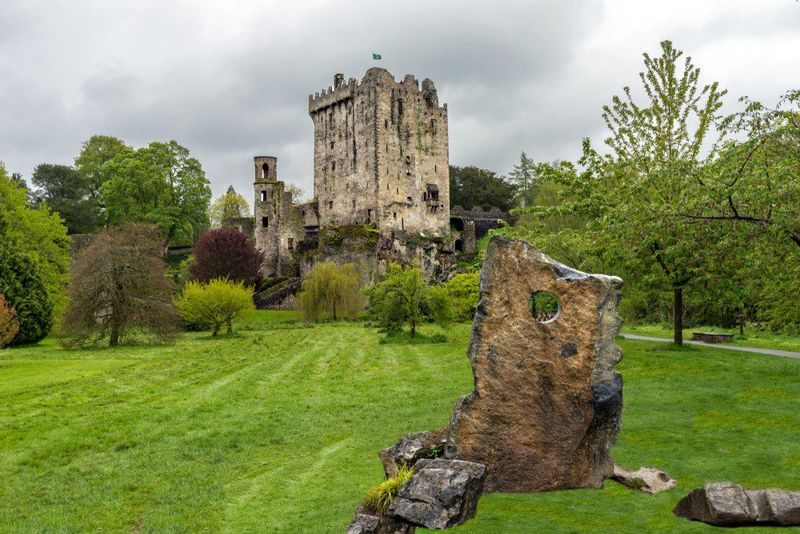
Kissing a stone that thousands of others have pressed their lips against never seemed particularly appealing, even before pandemic concerns. The lengthy queue to perform this unhygienic ritual can take hours during peak season, snaking up a narrow medieval staircase.
After all that waiting, the actual moment lasts seconds as staff rush visitors through. Ireland offers so many more authentic experiences – from the Cliffs of Moher to Dublin’s literary pubs. Even at Blarney itself, the poison garden and woodland walks are more rewarding than the famous stone.
13. Mexico City’s Historic Center

For years, travelers avoided Mexico City’s historic heart due to safety concerns. Today, it’s a revelation of restored colonial architecture, world-class museums, and culinary excellence that deserves your attention.
The Zócalo plaza buzzes with energy while the nearby Templo Mayor ruins remind visitors of the area’s ancient Aztec past.
Street food vendors offer mouthwatering tacos al pastor and fresh churros. With improved safety, excellent public transportation, and prices that remain reasonable despite its rising profile, Mexico’s capital deserves another look.
14. Detroit’s Urban Renaissance

Motor City’s comeback story is still being written, but what I witnessed during my recent visit was nothing short of inspiring. Abandoned buildings have transformed into boutique hotels, urban farms have replaced vacant lots, and a thriving arts scene pulses through neighborhoods once given up for lost.
The riverfront has been beautifully developed with parks and walking paths. Entrepreneurial energy is evident in Eastern Market’s food halls and Corktown’s innovative restaurants.
Detroit’s resilience shines through in its reinvented spaces, making this American phoenix a fascinating study in urban revival worth experiencing firsthand.
15. Belfast’s Post-Troubles Transformation
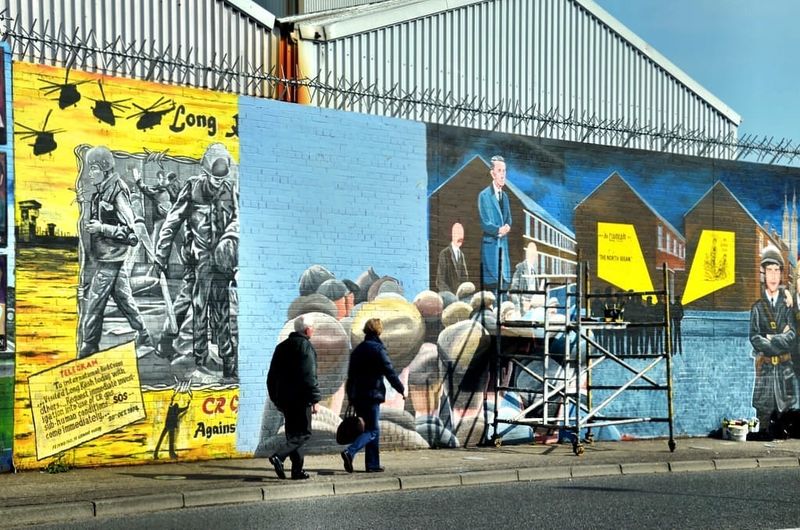
Once synonymous with conflict, Northern Ireland’s capital has blossomed into a vibrant cultural destination. The city that built the Titanic now boasts an impressive museum dedicated to the ship, while the Cathedral Quarter pulses with music spilling from traditional pubs and modern bars alike.
Political murals and peace walls offer powerful reminders of the past, now accessible through thoughtful black taxi tours led by locals who lived through the Troubles. The food scene has exploded with quality far beyond pub fare.
Belfast’s warmth and resilience make it an underrated European city break that deserves recognition.
16. Medellin’s Remarkable Rebirth
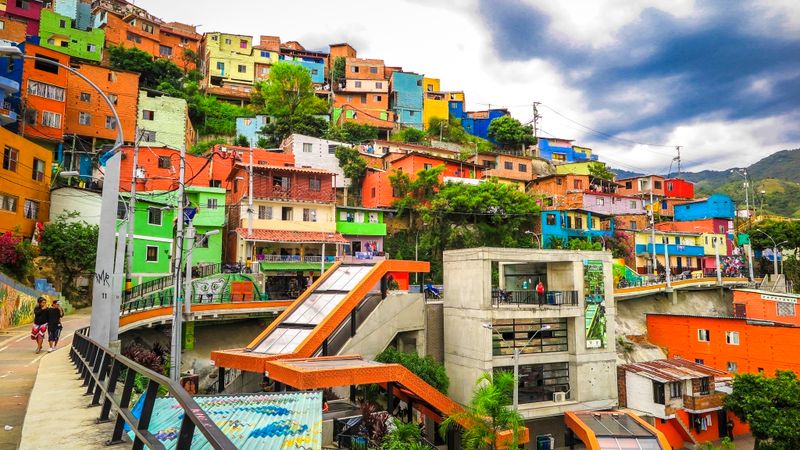
From world’s most dangerous city to innovation hub – Medellin’s transformation ranks among travel’s most remarkable comeback stories. The Colombian city once associated with Pablo Escobar now boasts an award-winning public transportation system including cable cars that connect hillside communities to downtown.
Innovative social architecture has transformed once-dangerous neighborhoods into vibrant communities with public libraries, parks, and escalators serving hillside barrios. Street art tells stories of resilience, while flower farms in nearby Santa Elena showcase the region’s agricultural beauty.
Safety has improved dramatically, making this perfect weather city accessible to travelers seeking inspiration.
17. Lisbon’s Revival as Europe’s Cool Capital
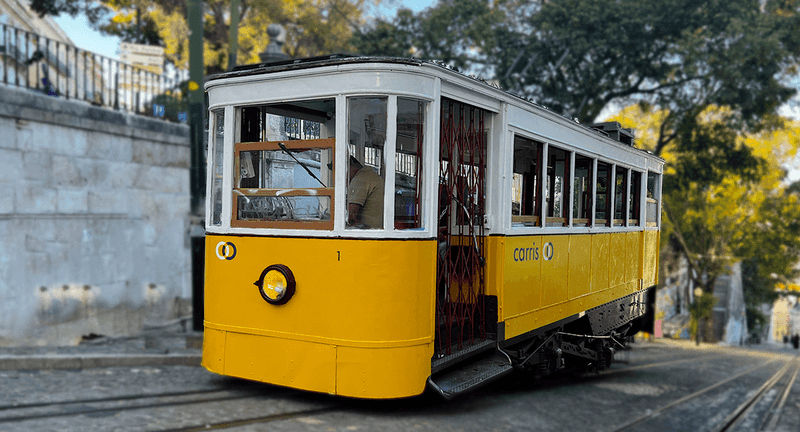
For decades, Portugal’s capital languished in the shadow of flashier European destinations. Now, Lisbon shines as the continent’s most exciting city break – affordable yet sophisticated, traditional yet innovative. Ancient trams rattle up steep hills past buildings covered in artistic azulejo tiles.
The food scene balances classic tascas serving bacalhau with innovative restaurants reimagining Portuguese cuisine.
Fado music’s soulful sounds fill renovated neighborhoods once considered dangerous. Lisbon offers Mediterranean climate and culture at Atlantic prices, with genuinely friendly locals who haven’t yet tired of tourism. This underappreciated gem deserves its moment in the sun.
